How to Create a Digital Teaching Toolkit
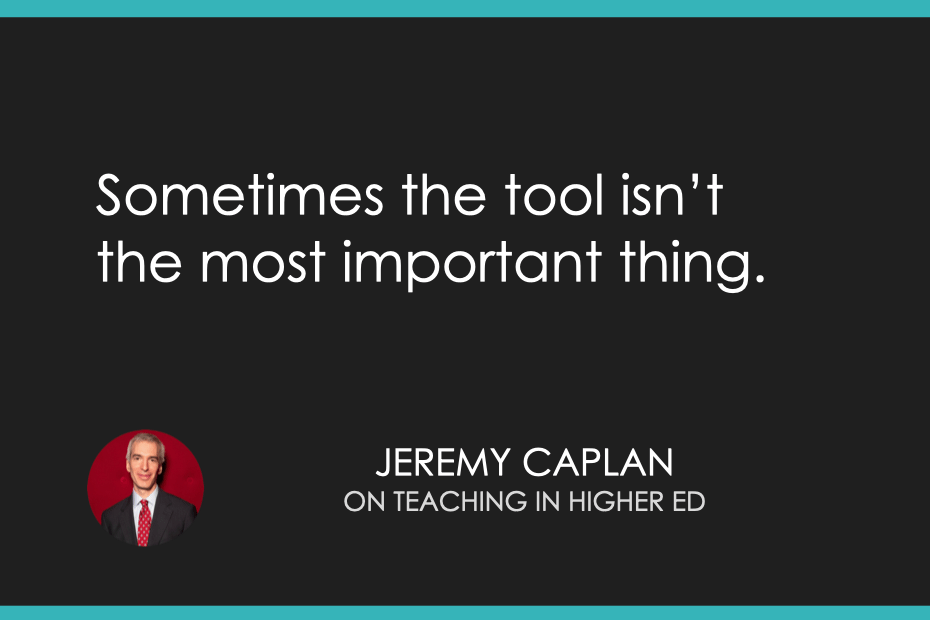
A ‘Clear Signal’ of Institutional Priorities at Northern Illinois University
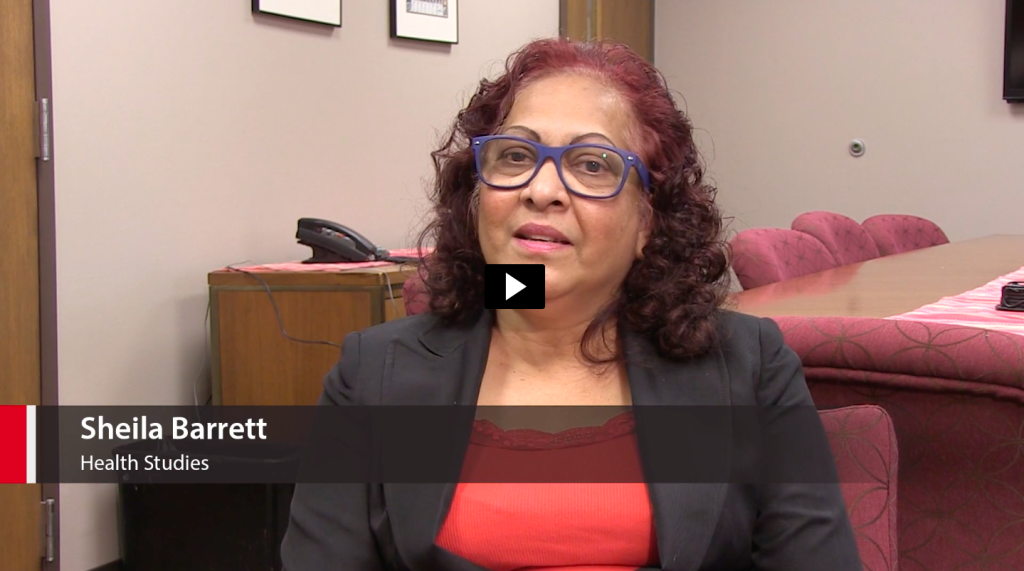
Last summer, Northern Illinois University (NIU) and the Association of College and University Educators (ACUE) launched an institutional partnership to empower students through instructional excellence. In the first year, an inaugural cohort of 30 faculty members from across disciplines and departments enrolled in the Effective Teaching Practices program, which was facilitated by NIU’s Center for […]
Transforming the Doctor of Nursing Practice Program at Texas A&M Corpus Christi
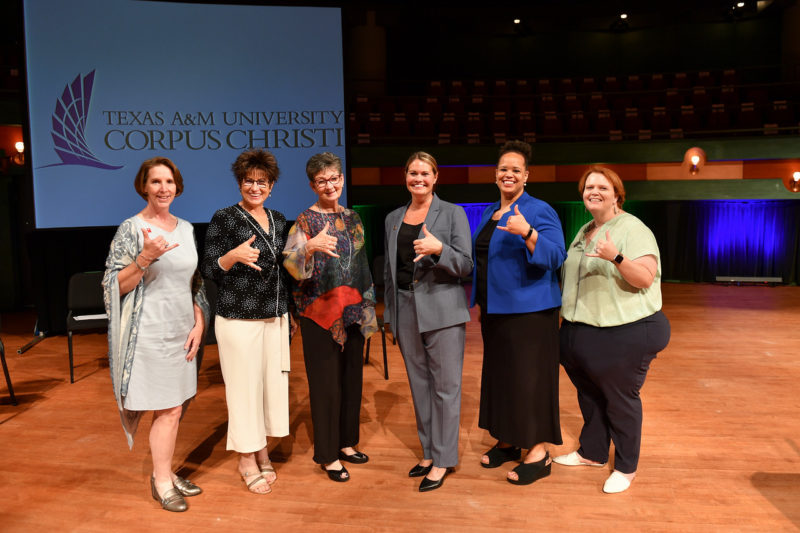
Texas A&M University-Corpus Christi’s Doctor of Nursing Practice Program facilitates student success using ACUE. Last August, Texas A&M University-Corpus Christi (TAMU-CC) embarked on a journey to drive student success through quality instruction in partnership with the Association of College and University Educators (ACUE). In the first year, the plan was to prepare and credential 60 […]
Advancing the Equity Imperative
Equity-Enhancing Data Tools
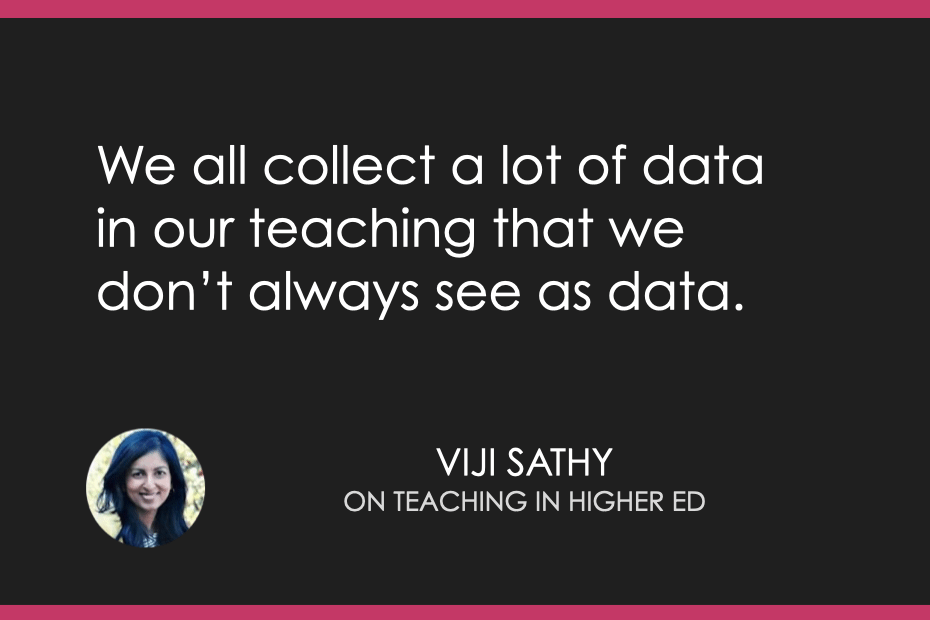
Student Mental Health and Faculty: Q&A With Dr. Sarah Kelchen Lipson of the Health Minds Study
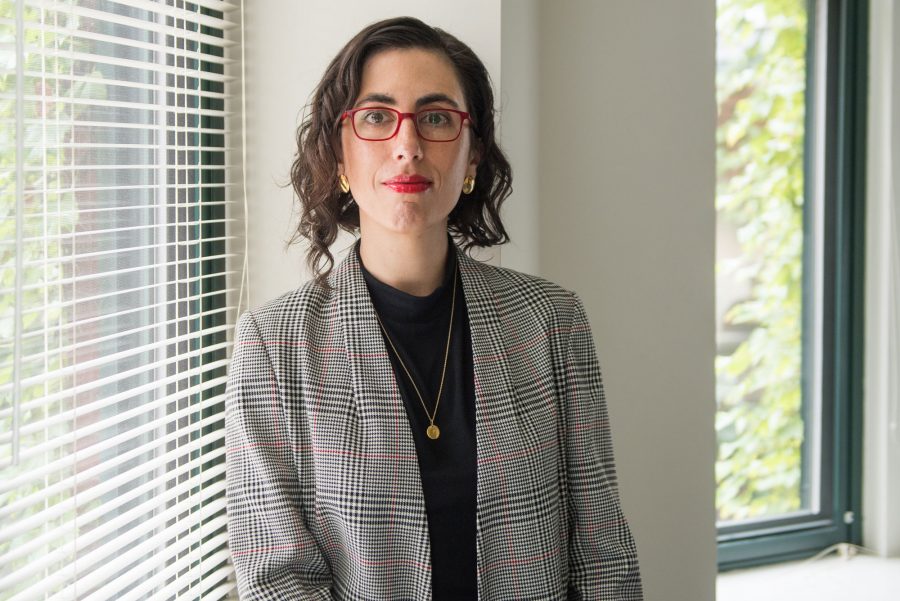
Student mental health is a growing issue at colleges and universities. There is a rising prevalence of depression, anxiety, eating disorders, suicidality, and other concerns in student populations over the past decade. According to the Healthy Minds Study, in fall 2020, nearly 50% of students nationwide had clinically-significant symptoms of depression and/or anxiety. Given the […]
In New York, Accelerating Developmental Education Reform

Across New York, both the City University of New York (CUNY) and the State University of New York (SUNY) have been overhauling developmental education, removing or minimizing standardized placement tests, and giving greater weight to students’ high school grades, a key predictor of success in college. The results were immediately apparent. Both CUNY and SUNY saw […]
Cultivating a Culture of Instructional Excellence in New York
Inclusive teaching matters. Be the difference.
Faculty Reflection: Making Microlectures and Teaching Note-Taking Skills
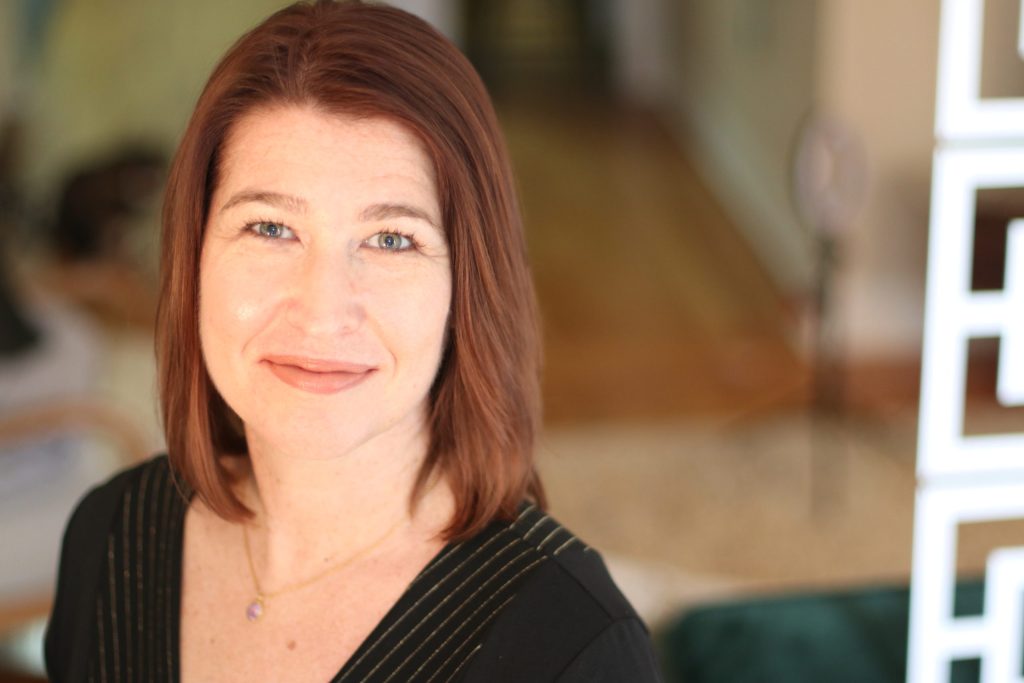
I am a self-proclaimed pedagogy enthusiast. It’s something that I like to research and read about on a regular basis. One of the things I greatly missed while teaching at home during the pandemic was the opportunity to collaborate with my peers and regularly participate in professional development events. Therefore, I was thrilled to be invited […]
